Are you one of those ladies who puts a lot of effort in keeping her hair healthy, but somehow can’t see any improvement in its appearance? Do you turn to many various hair care products, you test them regularly, but your strands don’t look any better? No worries! In this article you will find a few useful tips and pieces of advice on choosing the right hair cleansers. In a moment you will also learn what hair care products you should steer clear of.
What are the causes of brittle, dry and fine hair?
If you’re in search of another beauty product that would make your hair look better and healthier, this means that the effects achieved with your current ones have disappointed you bitterly. Bear in mind though that, contrary to some popular beliefs, treating the hair with too many products isn’t beneficial at all. More worryingly, combining the effects of various hair conditioners, hair oils and masks may give you the results that are far from what you hoped to get. Instead of looking better, the hair becomes weaker and prone to thinning. Does it sound familiar? If so, keep reading the article to learn the things that should be born in mind while shopping for hair care products.
The black list of ingredients used in shampoos
Nowadays, each product, no matter if dedicated for hair or skin, should include the list of ingredients it’s formulated with. Once you get into the habit of reading INCI lists, you will be able to eliminate the products that you don’t want to apply to your strands. Below you will find a short list of the cosmetic constituents that you should definitely steer clear of if you care for your hair:
- Silicones and polymers – although these synthetic compounds are responsible for adding shine to your strands and leaving hair better-looking, they have one big disadvantage. Namely, you need to use harsh cleansers to remove them from hair. Additionally, silicone and polymer build-up makes hair flat and volume-deprived.
- Formaldehyde – currently many countries have forbidden using these carcinogenic substances in the beauty products sold in their territory. Furthermore, formaldehyde is hazardous to the environment.
- Ethoxylated surfactants – another substance that was proven to have the potential to cause cancer. It’s advised to avoid ethoxylated surfactants completely.
- Ethoxylated emulsifiers – these ingredients often happen to be contaminated with substances known for being carcinogenic.
- Colorants and aromas – naturally, if it wasn’t for colorants and aromas, the hair care products would neither have shade nor fragrance. Sadly, such ingredients have a bad reputation for triggering skin irritations and dryness.
How to choose a safe shampoo?
What ingredients should a shampoo be made from? Obviously, such cleansers should be formulated only with the ingredients that are safe and gentle for the hair and scalp. Of high importance are also various natural-origin substances such as plant extracts and oils. It’s also worth checking on the packaging whether the extracts were obtained from the plants growing in the certified organic farming that are environmentally-friendly. If a particular shampoo meets all of the mentioned criteria, this often means that such product also offers high-quality.
Of equally high importance is looking for the shampoos where the presence of alcohols and its derivatives is minimized. Eliminating or at least reducing their concentrations to minimum prevents dehydration and irritations of the scalp. The same case applies to colorants and aromas. These substances often cause allergic reactions and uncomfortable side effects in most people’s skin.
Another important issue that should be always kept in mind is choosing the shampoo that satisfies your needs. Obviously, a shampoo created for color-treated hair is expected to fulfill different tasks than a cleanser destined for dealing with dandruff. It’s also worth realizing that although the directions for use of the majority shampoos is pretty the same, there are some products that should be applied differently, and therefore you should never skip reading the label.
It’s hard to imagine a daily hair routine without a shampoo. If you want to improve the appearance of your strands, spare a few minutes to read the shampoo labels. In the long run, this feeble effort will bring you nothing but benefits.


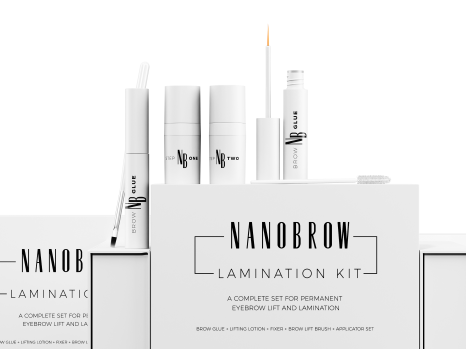

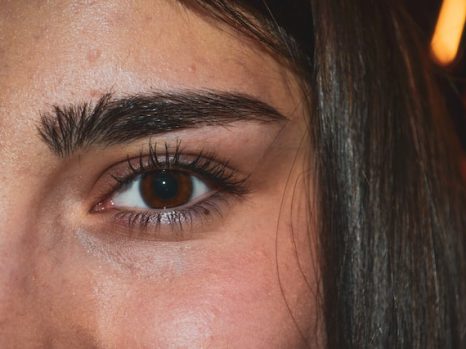
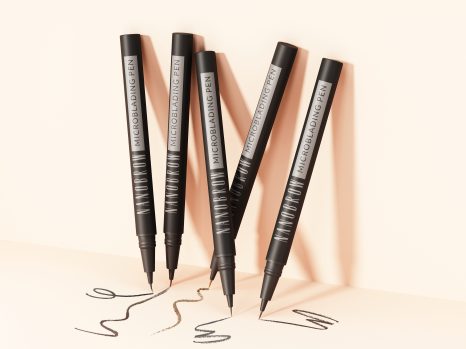
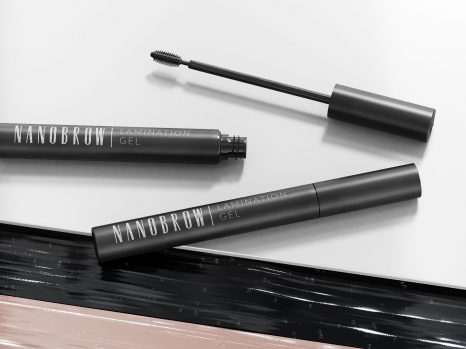

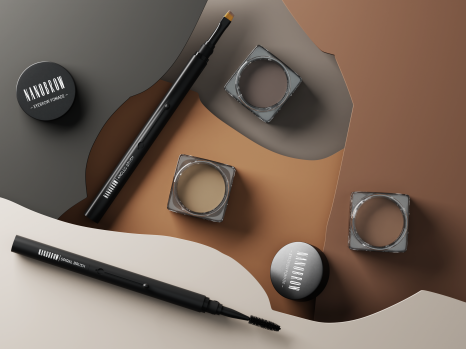
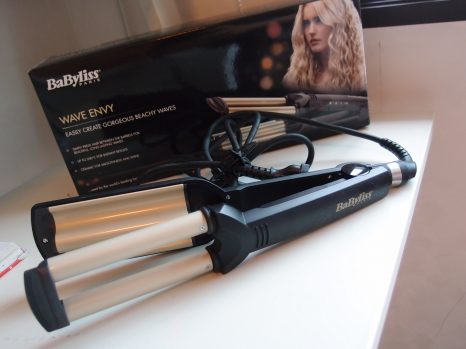
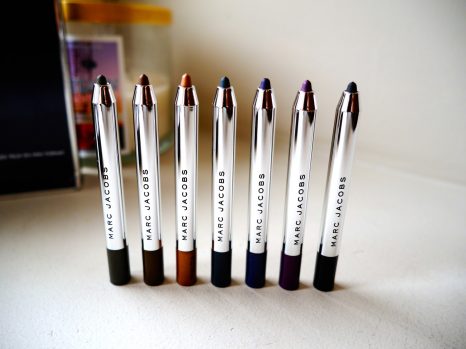
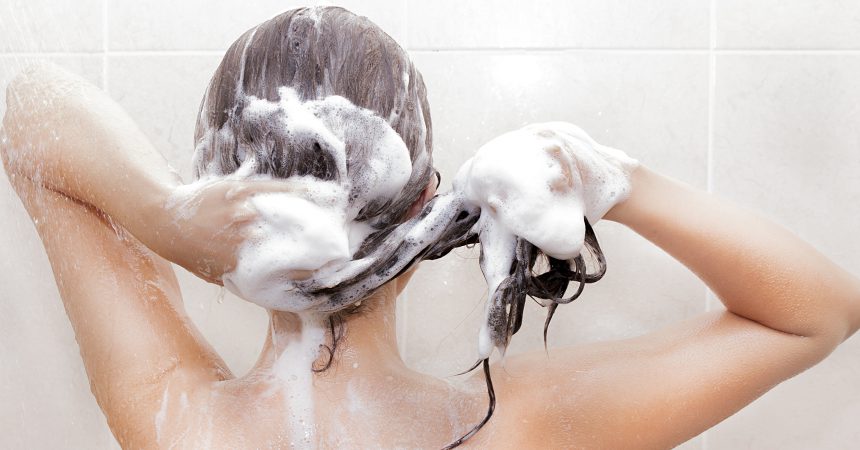
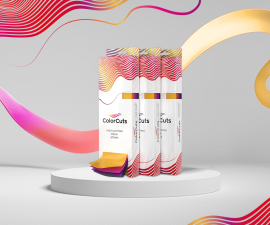
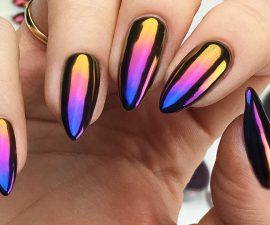
Leave a Reply